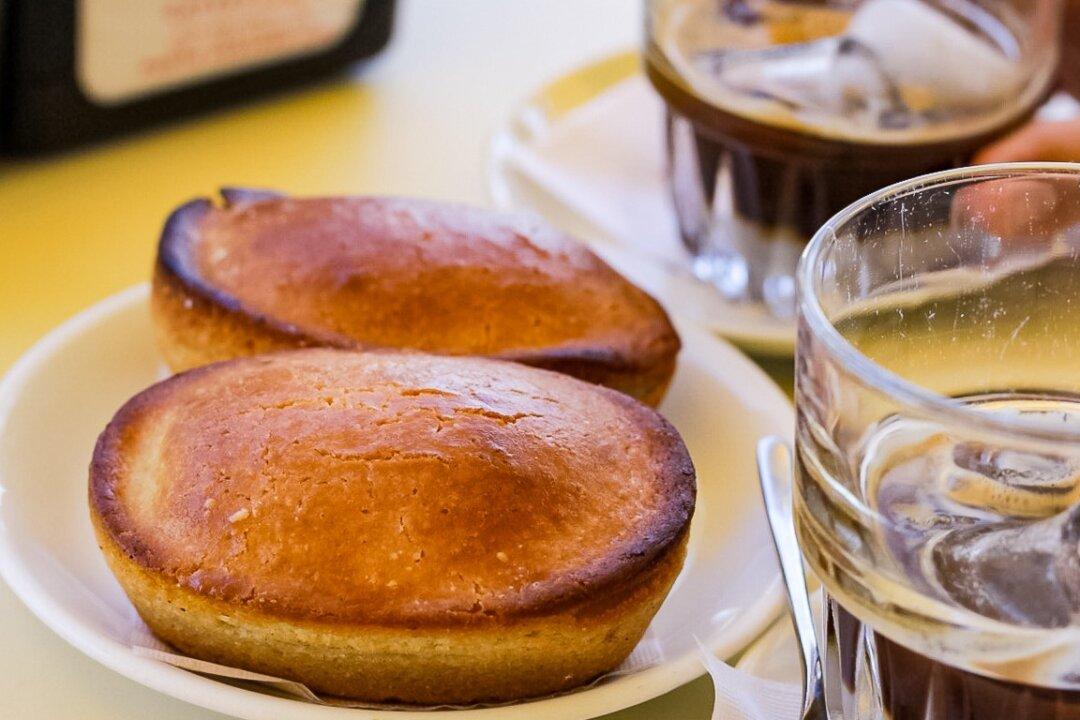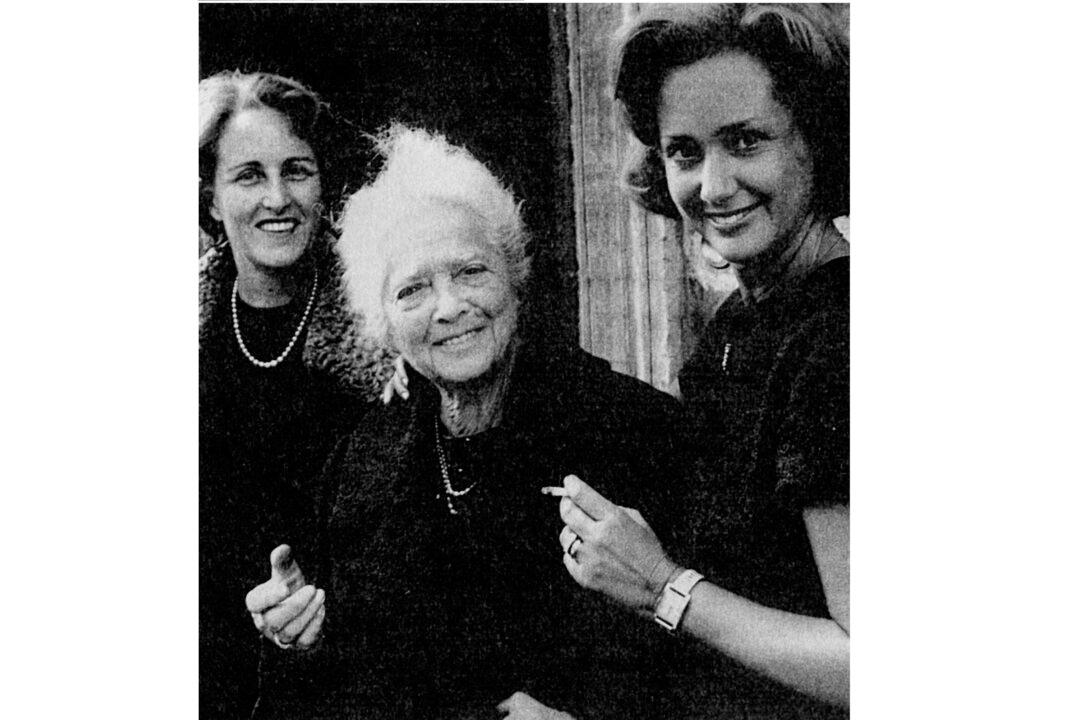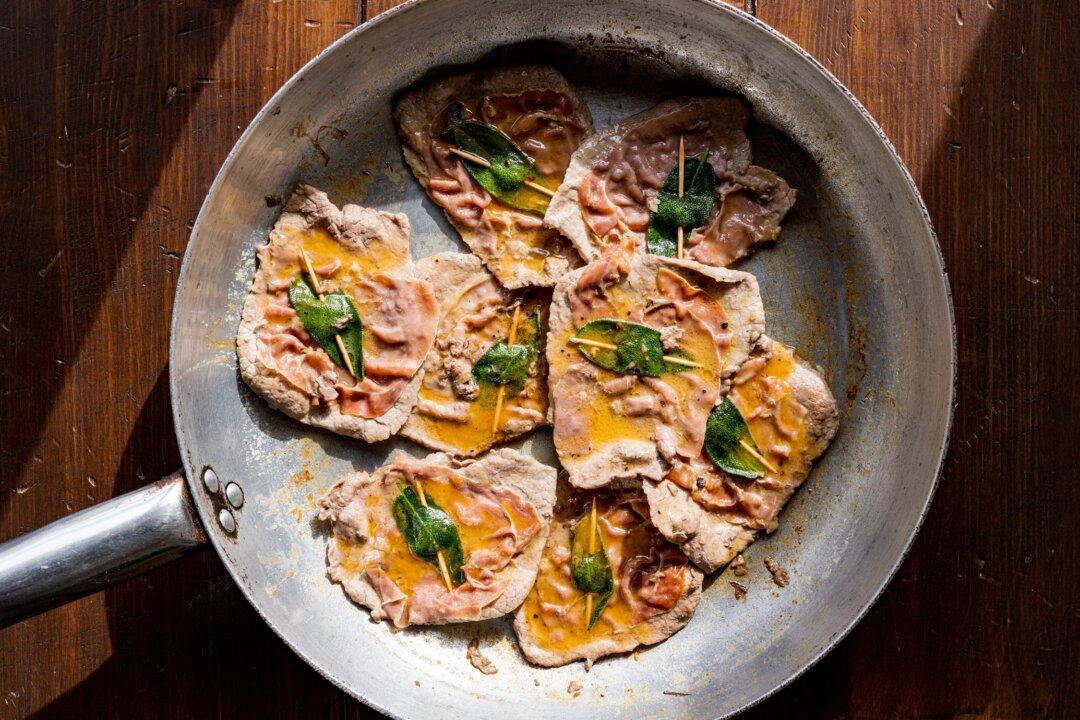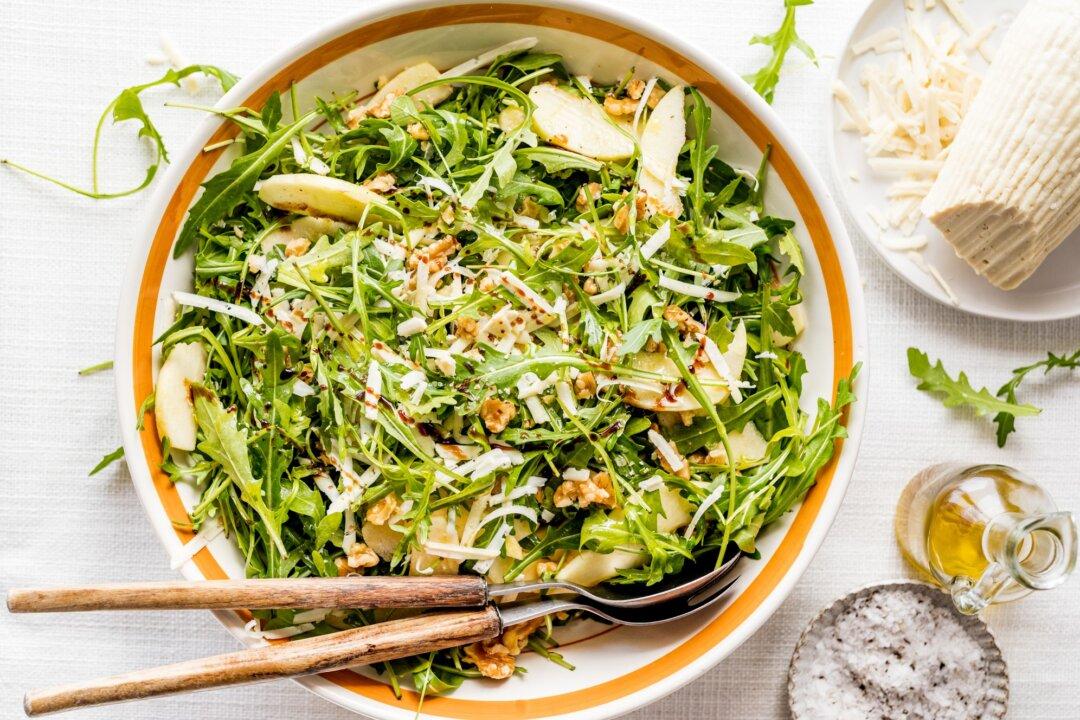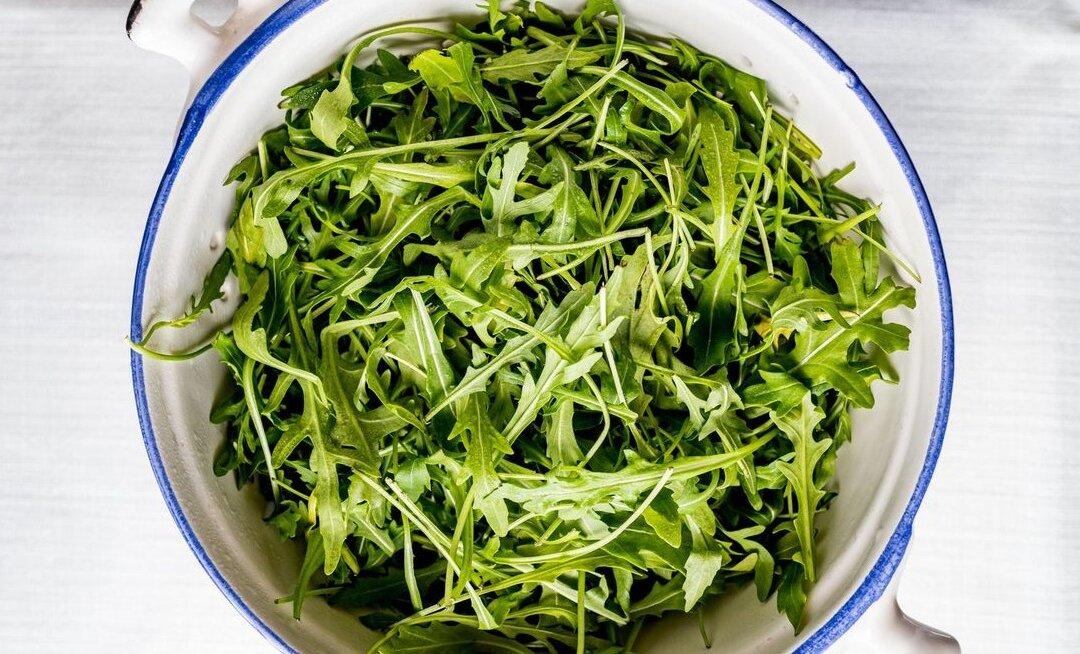During most of the year, I’m an advocate of breakfast at home. I can toast my home-baked sourdough bread until slightly charred on the edges, wait until it’s just barely warm, then top it with what I fancy the most that day: almond butter and jam, scrambled eggs, smoked salmon, cucumbers.
Along with my toast, I take a steaming cup of tea in winter, or a sip of espresso during the summer. It’s my breakfast, my rules, my time.

